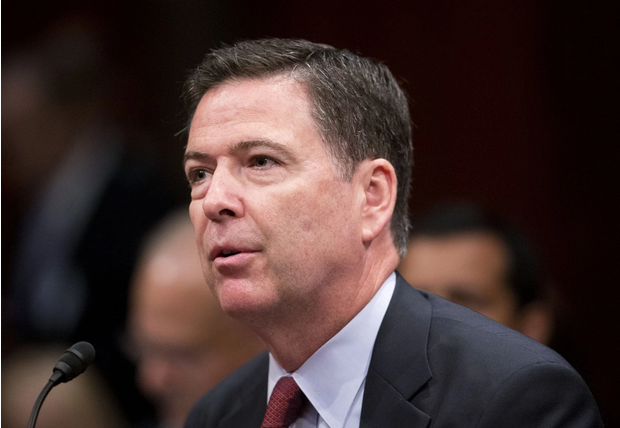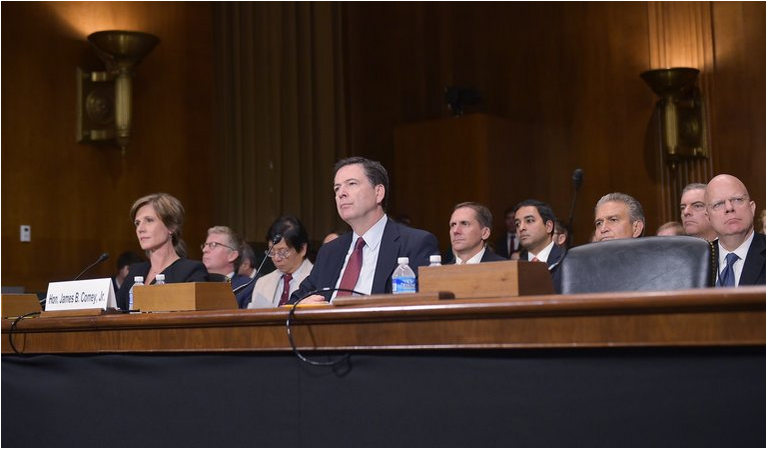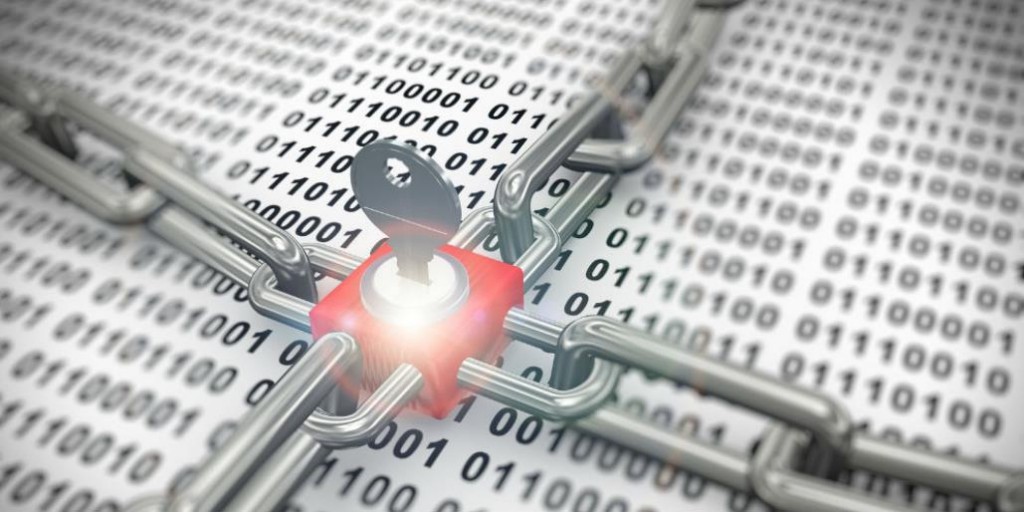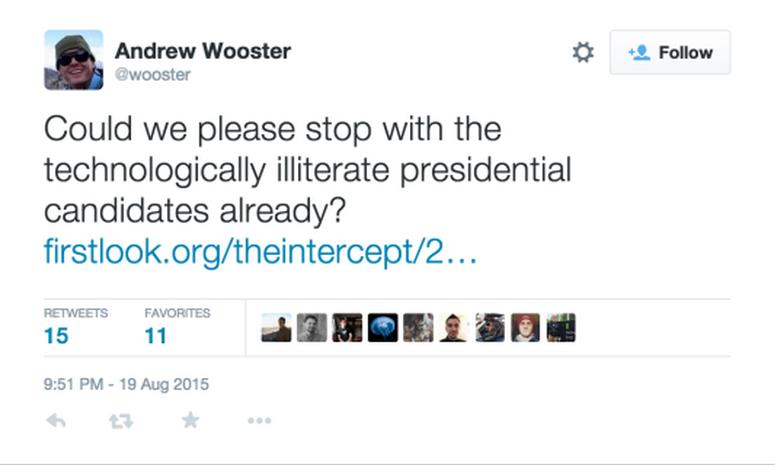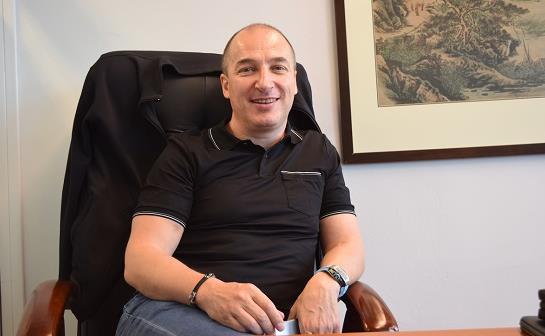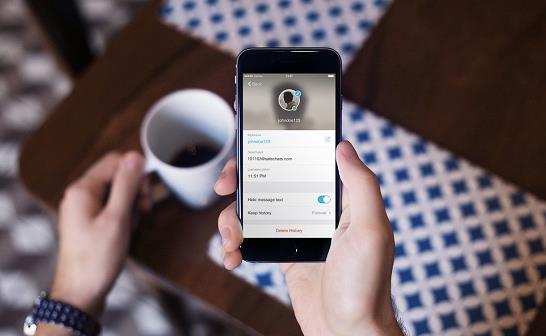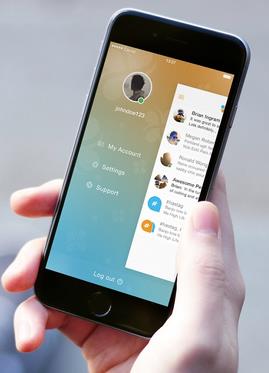As everyone becomes more interconnected on the Internet, personal information like bank and investment accounts, credit card numbers, home addresses and even social security numbers becomes more vulnerable to cybertheft. The same goes for the corporate world.
Identity theft struck 16.6 million Americans in 2012, the most recent year for which figures were available. According to the U.S. Department of Justice, financial losses hit $24.7 billion — at least $10 billion more than other property crimes. PBS Newshour reported that in 2014, 783 million data breaches exposed 85 million records. This spring, hackers broke into the Anthem Health System, potentially gaining access to the health records of 80 million people.
One can’t build a concrete wall around this kind of information nor post an armed guard at every portal to the Internet. Keeping information secure depends on encryption. The security of electronic messages depends on the unpredictability of the random numbers used to scramble the data. Modern data centers have very limited access to true random numbers.
Current encryption methods are based on the difficulty of finding the right numbers in the key. The Achilles’ heel is that all encryption requires unpredictable, unguessable random numbers and computers do not (generally) do unpredictable things. Large data centers, like those used by online shopping sites, aren’t good at generating truly random numbers in sufficient quantity to offer bulletproof encryption. So to provide truly secure data communications, we need a reliable source of unpredictable numbers that aren’t generated by a set of mathematical operations, or algorithm.
Los Alamos National Laboratory has specialized for decades in security and pushed the limits of computing. With that background, it’s only natural that we made it our business to improve data security with a solution from outside traditional computing. From the physicist’s point of view, the only true unpredictability comes from quantum mechanics. That’s why Los Alamos physicists developed a quantum random number generator and a quantum communication system, both of which exploit the weird and immutable laws of quantum physics to improve cybersecurity.
These physical laws state that events at the subatomic level cannot be predicted; random quantum events lie at the root of the universe. From that starting point, we developed a revolutionary method to generate unpredictable, theoretically unhackable random numbers. Quantum mechanics itself guards the secret. Unlike current math-based encryption keys, which are derived from random numbers generated by a potentially knowable algorithm, a quantum key can’t be determined through calculation, no matter how powerful a computer one uses.
After thorough testing, we teamed with Whitewood Encryption Systems to commercialize a quantum random number generator, called the Entropy Engine. A plug-and-play computer card that fits most network servers, the Entropy Engine creates more than 200 million random numbers each second on demand and integrates with — and greatly improves — existing cryptographic methods over networks.
At the lab, we’ve also demonstrated an impregnable quantum communication system that sends a signal of polarized pulses of light over a fiber-optic cable. Under the peculiar laws of quantum physics, the photons, or light particles, encoding a message are in two different and unpredictable physical states. Because the act of intercepting a message over this quantum system alters the state of the photons, the sender is guaranteed to find out if someone is eavesdropping. The hacker never even gets a chance to examine the key.
This communication system works over distances up to 100 miles. We’re now refining it for commercial use over longer distances and possibly even through the air to satellites. Combined with technology like the Entropy Engine, it could revolutionize cybersecurity worldwide. We envision a wide range of organizations deploying these technologies, including financial institutions, government agencies, health care organizations, large data centers and cloud servers.
Encryption, unhackable digital identities and secure digital signatures are indispensable to establishing trust in the digital world. As Whitewood rolls out the Entropy Engine across the global digital landscape and more quantum-computing technology follows, we can all breathe a little easier that our information is safe.
